Exploring AI's New Horizon from a Legal point of view with Mathias Strand
In an era where AI is reshaping the boundaries of technology, the European Union is paving the way with groundbreaking legislation aimed at regulating this dynamic field. At T.Loop our Data Energy Centers® are engineered with future technologies in mind, featuring highly efficient cooling solutions that significantly reduce energy consumption, making them an ideal choice for heavy computational data.
However, it is crucial to manage AI responsibly. With the advent of new EU legislation on AI, we aim to emphasize the importance of maintaining compliance while continuing to foster the innovative advances AI contributes to the industry. The best to guide us on this matter is our esteemed board member, Mathias Strand. With a passion for responsible data and AI handling, and a strong experience within this field, Mathias offers invaluable insights into navigating the complexities of the new EU AI Act.
An Ambitious Policy Program
The EU envisions a society where digital rights and principles bolster existing laws, ensuring that everyone benefits from the digital transformation.
“As part of EUs ambitious Digital Decade 2030 Program, we will see how tech is tied to rules and democracy in a way that we have not seen before. The aim is to empower businesses and people in a human-centered, sustainable and more prosperous digital future”, Mathias explains.
Navigating the Regulatory Landscape
The realm of digital technology, including AI, will be highly regulated, demanding a comprehensive approach encompassing data strategy, cybersecurity, digital integrity, and AI itself.
"GDPR was just the beginning," Mathias remarks, highlighting the need for stringent organizations in all digital domains, from data and algorithms to personal information and cybersecurity.
Understanding the EU AI Act
The EU AI Act introduces a risk-based regulatory framework, imposing hefty fines for non-compliance. It categorizes AI applications into four risk tiers: unacceptable risk, high risk, and limited or minimal risk. Unacceptable risk AI practices are outright forbidden, including manipulative or exploitative applications that could cause harm. High-risk applications, such as those impacting critical infrastructure, employment, and essential private and public services, require strict compliance with regulatory requirements.
Key Strategies for AI Integration
Mathias emphasizes the importance of a strategic approach to AI adoption, focusing on leadership, governance, education, and oversight. "Developing AI responsibly requires more than just understanding the legal landscape; it demands a culture of leadership and governance, comprehensive education on AI's implications, and oversight mechanisms to ensure continuous alignment with ethical and legal standards," he advises.
Practical Tips for Compliance and Innovation
The AI Act: A Risk-Based Regulation with High Penalties.
The AI Act is designed to regulate the use of artificial intelligence (AI) with a focus on minimizing risks and promoting responsible use of this technology. It follows a risk-based approach and may impose high penalties for violations.
Prohibited AI-practices are activities or uses of AI that are completely prohibited by the legislation. This may include the use of AI to discriminate, harm, or violate human rights, spread false information, or carry out illegal actions. Clear definitions and sanctions for violations are required to address this.
Regulated high-risk AI-practices include the use of AI that can have significant consequences for people, society, or the environment if used incorrectly. Examples may include the use of AI in healthcare, transportation systems, or the justice system. To address these risks, careful regulation is required, including risk assessments, certifications, and monitoring.
Transparency AI practices involve ensuring transparency and accountability in how AI systems operate and are used. This may involve requirements to document and report on the functioning of AI algorithms, data usage, and decisions, as well as providing users with understandable information about the limitations and potential risks of AI systems.
No Risk AI practices refer to the use of AI technology that does not pose significant risks to people, society, or the environment. This may include the use of AI to improve efficiency in administrative processes, optimize resource usage, or enhance customer experience. Even for such AI practices, appropriate security measures and monitoring are still required to ensure they do not deviate from their risk-free status.
For high-risk AI applications, entities must conduct thorough risk assessments, implement robust data governance practices, ensure transparency and traceability, and provide clear information to users.
Mathias's key takeaways underscore the necessity of a well-rounded strategy encompassing leadership, governance, education, and control to navigate the AI landscape effectively.
"Remember, with great powers comes great responsibility. With the right strategies in place, we can harness technology to drive innovation while upholding the high standards within core principles of fairness, transparency, accountability, privacy and safety," Mathias concludes.



